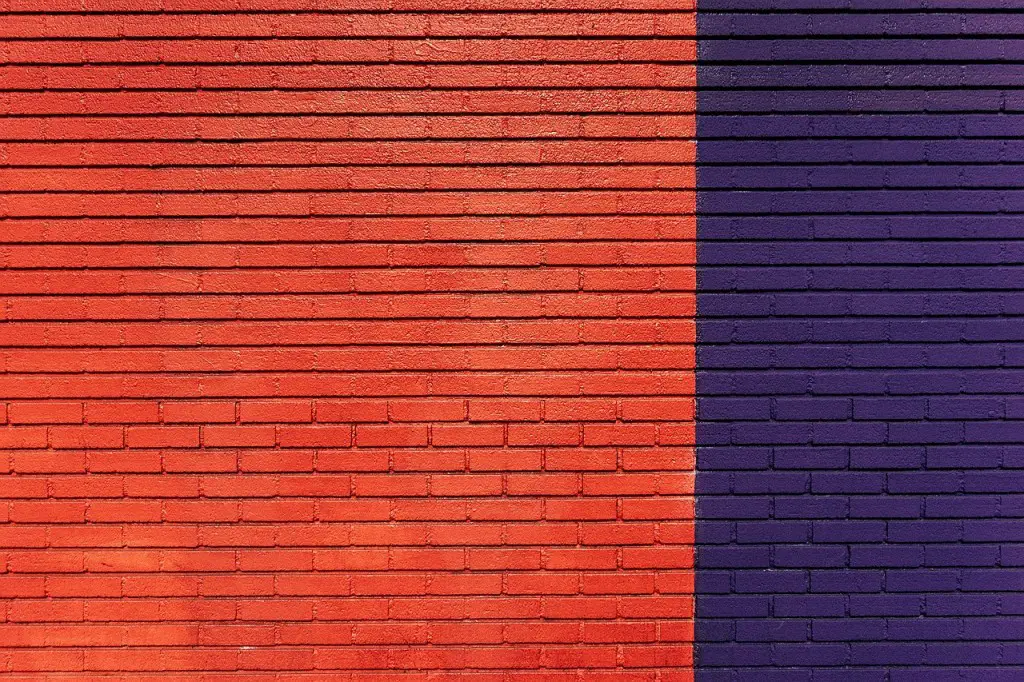Do you want to know how to paint a wall to look like brick? In this article, we will see how to recreate a very realistic stone effect on a polystyrene wall.
How to Paint a Wall to Look Like Brick
The Materials to Use
- Painting brushes
- Acrylic colors
- A cloth (paper too is fine)
- Water-based cement or vinavil
The Steps
- The first thing to do is to treat the entire area you want to paint with vinavil or water-based cement. These substances create a surface layer that allows the color to adhere correctly. That is because polystyrene is a very porous material, and difficult to color correctly.
The water-based cement, when you compare it to diluted vinavil, allows a better color setting, as well as a general strengthening of the model.
- Once you create the layer, you should allow it to dry for at least 24 hours. Then, you can apply the first layer of color that will characterize the bottom of the model.
- In this case, we will use three colors: a light gray passed everywhere that represents the main background, and then we will dirty the whole area with a sand color and a dark brown. You will brush all these colors very wet to make sure that the color reaches every point. That is especially the main color that will have to reach the model everywhere, even in the cracks between a brick and the other.
- The sand and the brown, will be given with large brushstrokes. We will later fade them by immersing the brush (already wet) in the water, and then brush it over again.
- Once this stage is over, you have to let the colors dry. Again, we prefer to let at least 24 hours pass, although the acrylics should be dry within two hours.
- Once dry, we will move on to the definition of the model, the phase in which we will take care to create the detail. Keep in mind that this is the diversification of the stones. For this model, we have chosen a red ochre color and a sand color:
-
How to Paint a Wall to Look Like Brick – By wetting the tip of the brush (flat-tipped brush), you will dip the same in the color. Then, you will pass the color on the individual bricks. Vary the choice randomly and (avoid, perhaps, to brush nearby bricks with the same color):
- With a cloth, once you have spread the color, you will proceed to “iron” the color. You must carry out this by wiping the cloth as if you wanted to remove the color from the left to the right. The result is that you will remove the excess color. On the other hand, on the brick, you will create a shade that will seem native to the brick itself.
- At this point, you will apply a first layer of drybrush, very light. You obtain it by taking a brush (if damaged it is better) completely dry, and dip it in the color. Then, discharge the excess color on the cloth, and proceed to pass the residue on the model.
- There are two ways to pass the color with the drybrush. One is by brushing the color by holding the brush perpendicular to the model. The other way is by tapping the tip on the area you want to color.
- Normally, the first pass of DB is always done by brushing the color very lightly, proceeding diagonally to the model.
- After this first pass, we will perform a new DB with a blue/grey always brushing the color. However, this time the brush should just be wet. You use this to brighten the area creating the light/dark to the model.
- To conclude, we perform a DB by tapping the sand color (or even white), creating the right contrast with the underlying color.
How to Paint a Wall to Look Like Brick
Although you can consider the work at this point to be complete, the model lacks some depth. You will obtain it through the washing technique. First, you take the dark paint (dark brown or black).
Then, you dilute it a lot in water. Further, you wet the brush in dirty water and pass it on the model. That is especially in the cracks between the various bricks.
After that, you proceed to dab with a cloth to remove the excess parts. This technique, in addition to recreating the dirt due to the time of the stones, allows a greater contrast. That is by increasing the “three-dimensionality” of the entire model.

